The Škocjan Caves are one of the largest underground cave networks in the world. They are remarkable underground phenomena.
Their importance as one of planet Earth’s natural treasures is recognized among scientific circles. It got its name after the Škocjan village that lies on top of the caves.
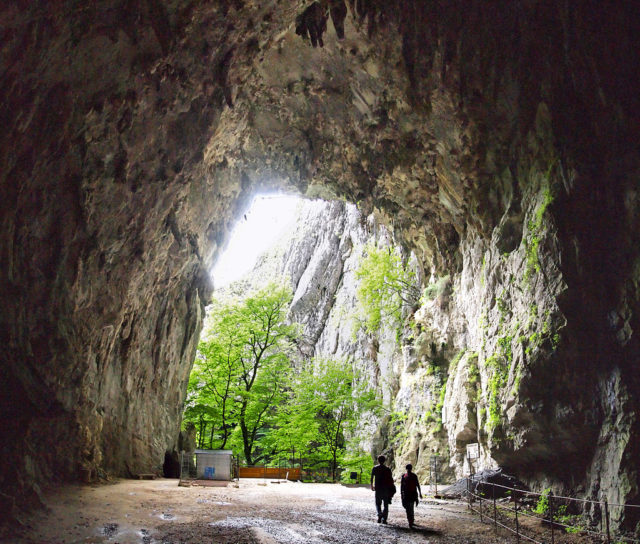
Located in the Kras region, the caves are Slovenia’s most prized possession and part of UNESCO’s list of natural and cultural world heritage sites since 1986. That’s why, following their independence from SFR Yugoslavia, in 1991, Slovenia established the Škocjan Caves Regional Park and its managing authority, the Škocjan Caves Park Public Service Agency to preserve and protect the area.
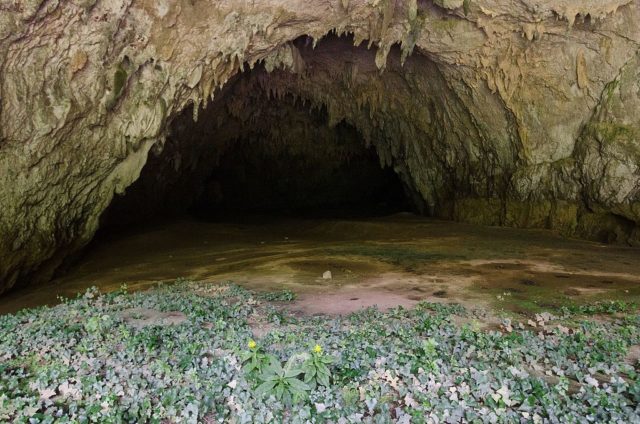
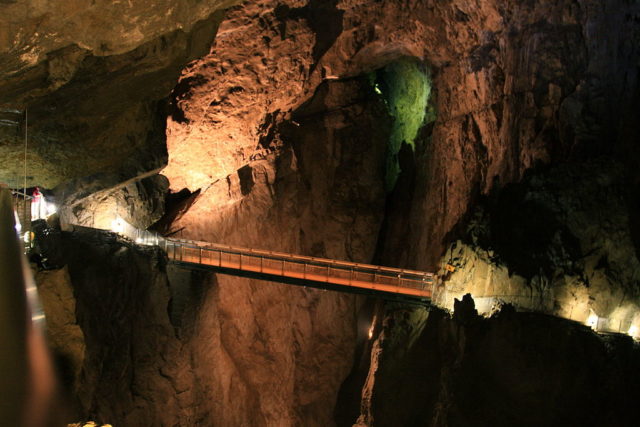
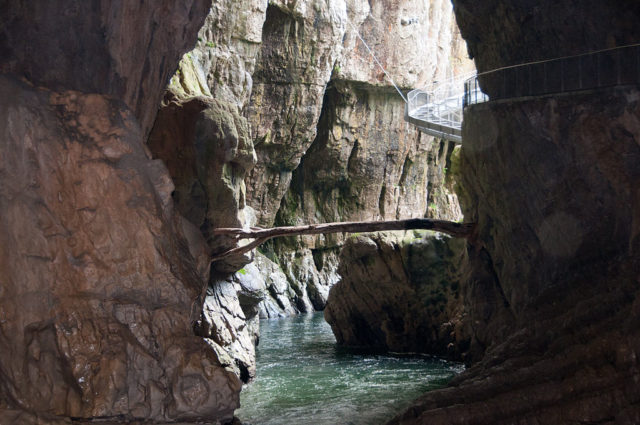
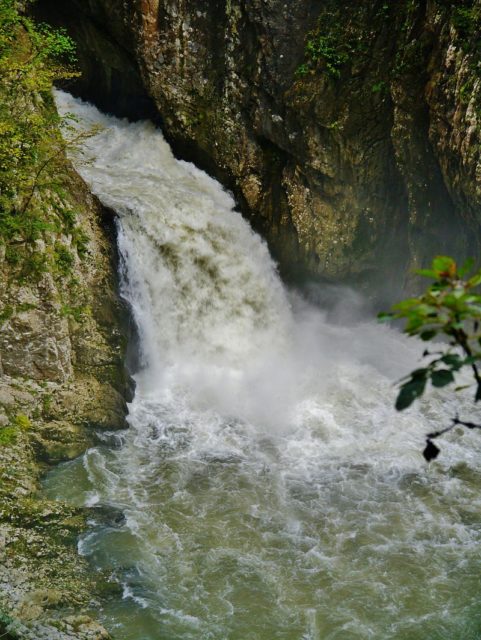
With a length of 20,341 feet (6,200 m), Škocjan is truly an exceptional system of limestone caves and approximately 3.72 miles (6 km) of underground passageways, with a total depth of more than 656 feet (200 m).
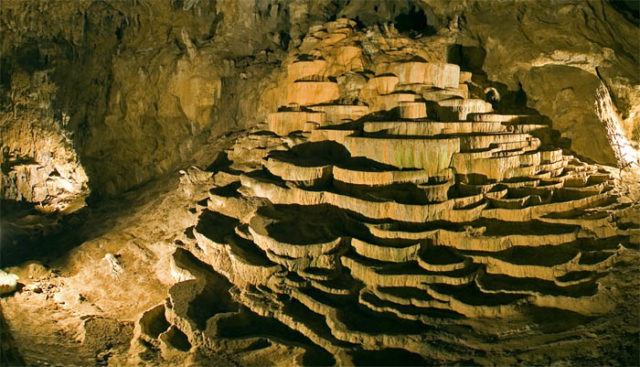
What distinguishes the Škocjan Caves from others are the underground chambers, notably the Martel’s Chamber, considered being the biggest discovered underground chamber in Europe, that, strangely enough, ends with a relatively small siphon. Because of this, during heavy rainfalls, an enormous amount of water pours into the cave, causing major flooding.
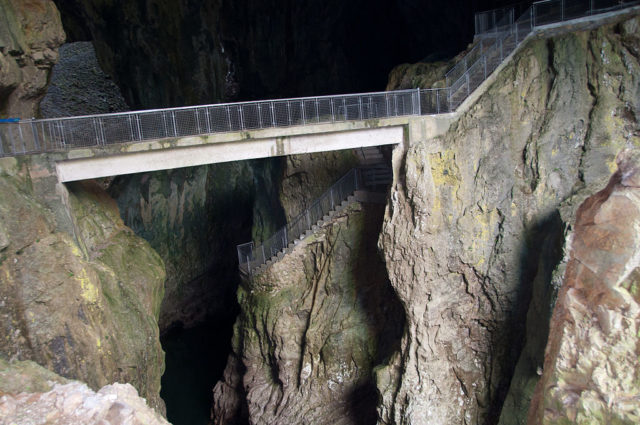
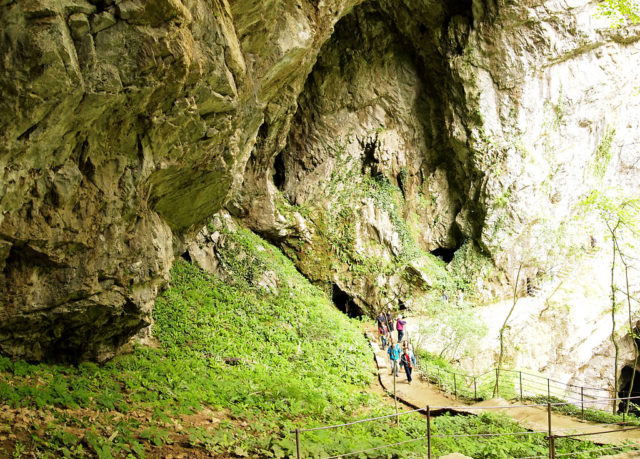
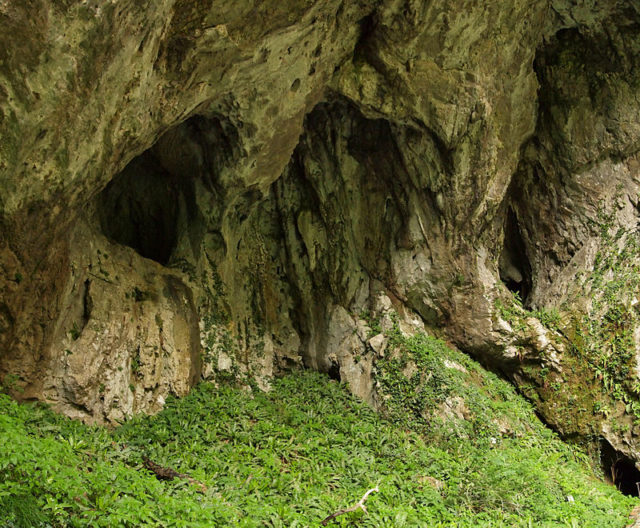
Also, one of the most magnificent things about the Škocjan Caves is the Reka River. that literally disappears underground at the bottom of Big Collapse Doline, and then flows for about 22 miles (34 km), surfacing near Monfalcone. The view is majestic and frightening at the same time.
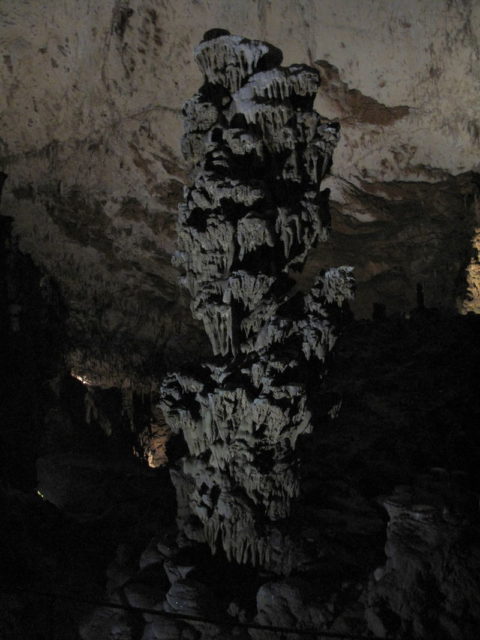
Beyond its scientific importance, scope and the almost otherworldly visual appeal, the caves support many endangered species, including the Cave Salamander along with many invertebrates and crustaceans. And the distinct environmental conditions of the collapsed doline make for a perfect habitat for rare and threatened flora and fauna.
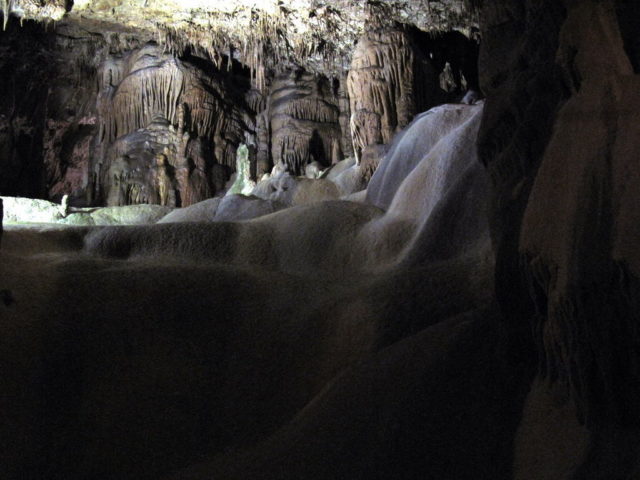
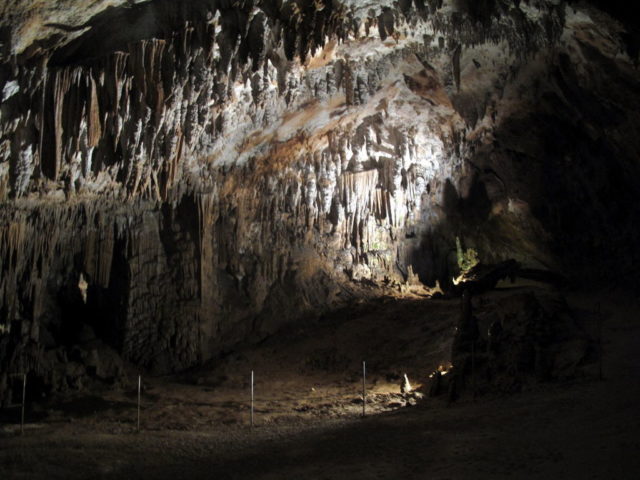
Needless to say, the Škocjan Caves are miracles of nature, a marvellous oddity. Furthermore, archeological studies have shown that the caves and its surrounding area have been populated since prehistoric times, all the way to the Middle Ages.
A significant find in Fly Cave, even reveals that this region was certainly one of the most significant pilgrimage sites in Europe, and was historically used as a burial ground as well as for rituals, testifying that the caves had not only local but regional importance.
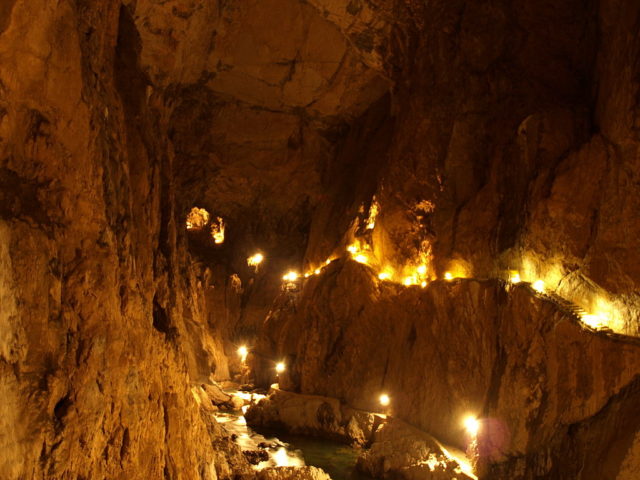
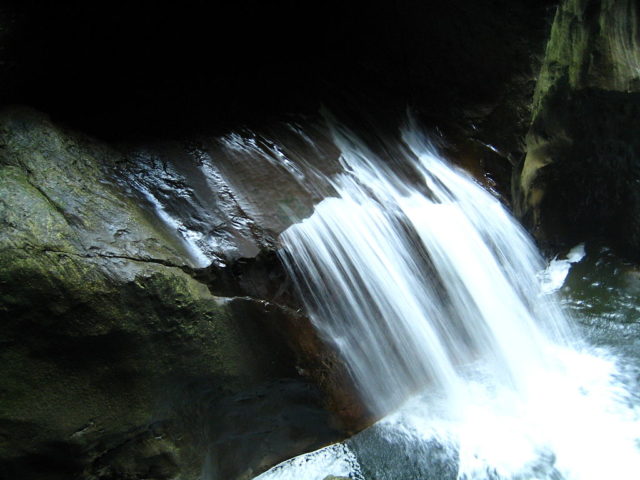
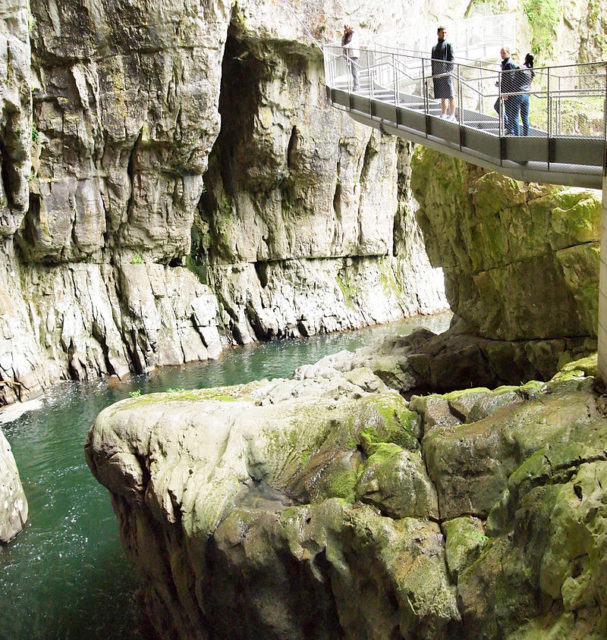
Exploration of the caves are ongoing, and some caves passages are still waiting to be discovered. There are so many things to grasp in this entire area, and not just the caves, but the surroundings also. The Mediterranean weather and the established ecosystem are spectacular. It’s perfect for diving and exploring, and visitors can also see the parts of the underground canyon with Big Collapse Doline.
